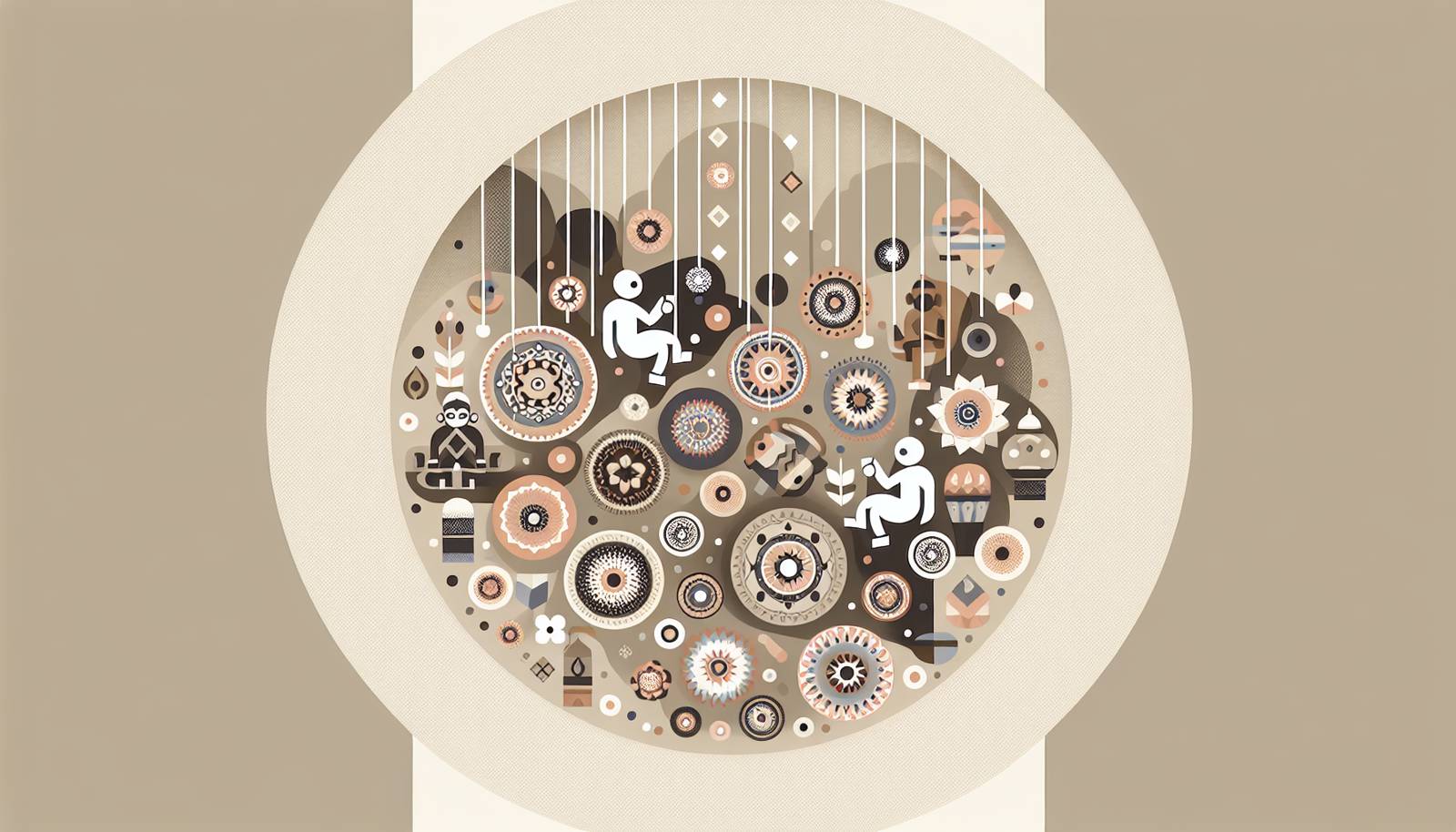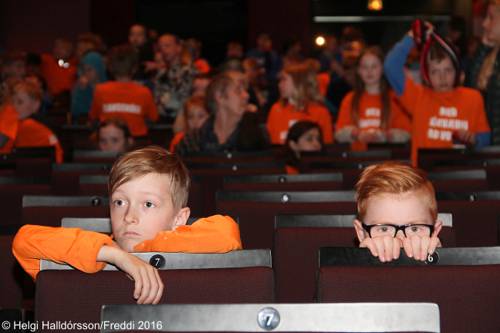
FAQ About The Role of Puppetry in Cultural Storytelling

What is puppetry in cultural storytelling?
Puppetry in cultural storytelling refers to the use of puppets as a medium to convey stories, traditions, and cultural values. Puppets can represent characters, animals, or mythical beings and bring to life narratives that are integral to a culture's history and identity. This art form is versatile, encompassing a variety of techniques and styles across different cultures.

How does puppetry vary across different cultures?
Puppetry varies widely across cultures in terms of style, materials, and themes. For example, shadow puppetry is prevalent in Southeast Asia, using elaborately designed flat figures, while marionettes, or string puppets, are popular in European traditions. Each culture incorporates its unique philosophies, aesthetics, and storytelling techniques into puppetry, reflecting the diversity of human expression.

What are some common types of puppets used in cultural storytelling?
Common types of puppets used in cultural storytelling include marionettes (controlled by strings or wires), hand puppets (operated by hand inside the puppet), rod puppets (manipulated by rods), and shadow puppets (flat figures that create silhouettes). Each type has distinct characteristics suited to different styles of storytelling and audience interaction.

How has puppetry influenced children's entertainment?
Puppetry has had a significant impact on children's entertainment by providing engaging and imaginative storytelling methods. Shows like *Sesame Street* incorporate puppets to educate and entertain children, using memorable characters to teach lessons in literacy, numeracy, and social skills. Puppets can capture children's attention and foster a love for stories and creativity.

What role does puppetry play in preserving cultural traditions?
Puppetry plays a crucial role in preserving cultural traditions by keeping ancient stories and folklore alive. Through performances and festivals, communities pass down values, beliefs, and historical narratives to younger generations. Puppetry serves as a living archive, ensuring that cultural heritage remains vibrant and relevant in the modern world.

Can puppetry be used for educational purposes beyond entertainment?
Yes, puppetry is an effective educational tool beyond mere entertainment. It can be used to teach complex subjects, introduce new languages, and promote understanding of social issues. By engaging audiences through storytelling, puppetry can simplify abstract concepts and encourage active participation, making learning interactive and memorable.

Why is puppetry considered an important part of theatrical traditions?
Puppetry is considered an important part of theatrical traditions due to its unique ability to blend artistry, storytelling, and performance. Puppetry can convey emotions and narratives in ways that live actors might not, offering a different dimension to theatre. Its adaptability and potential for creativity make puppetry a valuable and enduring element of theatrical arts worldwide.

What materials are commonly used to make puppets?
Common materials used to make puppets include wood, cloth, paper, and leather. Depending on the type of puppet and cultural context, materials like metal, foam, or plastic may also be used. The choice of materials often reflects the resources available and the traditional craftsmanship techniques of a culture.

Are there festivals dedicated to puppetry?
Yes, there are numerous festivals dedicated to puppetry around the world. These festivals celebrate the art of puppetry through performances, workshops, and exhibitions. Notable festivals include the World Puppet Carnival and the International Puppet Festival in Charleville-Mézières, France, which attract puppeteers and enthusiasts from different cultures.

How do modern technologies impact puppetry in cultural storytelling?
Modern technologies have significantly impacted puppetry in cultural storytelling by introducing new techniques and possibilities. Digital animation, computer-controlled puppets, and advanced lighting enhance performances, allowing for more complex narratives and interactions. Despite these advancements, traditional puppetry continues to adapt and thrive alongside new methods.

What are some misconceptions about puppetry in cultural storytelling?
Common misconceptions about puppetry in cultural storytelling include the belief that it is only for children or that it is a simplistic art form. In reality, puppetry is a sophisticated medium capable of conveying complex narratives and universal themes. It is enjoyed by audiences of all ages and is recognized for its artistic depth and cultural significance.

How do puppeteers train for their craft?
Puppeteers often undergo extensive training to master their craft, which can include formal education in performing arts, workshops, and apprenticeships with experienced puppeteers. Training focuses on skills such as manipulation, voice work, storytelling, and puppet making. Many puppeteers continuously refine their techniques to achieve higher levels of performance artistry.

What is the history of puppetry in cultural storytelling?
The history of puppetry in cultural storytelling dates back thousands of years, with evidence of puppet use in ancient civilizations such as Egypt, India, and China. Puppetry has evolved through centuries, influenced by cultural exchanges and technological advancements, yet remains deeply rooted in its traditional origins. Its longstanding presence underscores its enduring appeal and adaptability.

How are narratives chosen for puppetry performances?
Narratives for puppetry performances are chosen based on their cultural relevance, educational value, and entertainment potential. Puppeteers may draw from traditional folklore, historical events, or contemporary stories. The choice of narrative often reflects the intended audience, thematic messages, and the puppeteer's artistic vision.

Do puppets have any symbolic meanings in cultural storytelling?
In many cultures, puppets hold symbolic meanings and can represent various aspects of life, such as morality, spirituality, and social values. For instance, in Javanese shadow puppetry, characters symbolize good and evil, guiding audiences through moral dilemmas and philosophical insights. These symbolic roles enhance the narrative depth and cultural resonance of puppetry.

What are some famous puppetry traditions around the world?
Some famous puppetry traditions around the world include Japan's Bunraku, Indonesia's Wayang, Italy's Sicilian marionettes, and China's shadow puppetry. Each tradition has distinct features and storytelling techniques that reflect the values, history, and aesthetics of its culture, contributing uniquely to the global landscape of puppetry.

How do cultural values influence puppetry?
Cultural values heavily influence puppetry, as they shape the themes, characters, and moral lessons of performances. Puppetry often serves as a medium for reinforcing social norms and transmitting collective values, ensuring that audiences can relate to the stories on a personal and communal level. The alignment with cultural values makes puppetry a powerful tool for both reflection and education.

What skills are necessary to be a puppeteer?
To be a successful puppeteer, one must possess a range of skills, including creativity, dexterity, voice modulation, and storytelling ability. Physical coordination and an understanding of performance dynamics are crucial for bringing puppets to life. Additionally, flexibility and adaptability allow puppeteers to engage audiences and convey compelling narratives effectively.

How is puppetry used in contemporary media?
In contemporary media, puppetry is used in films, television shows, and live performances to create engaging and imaginative worlds. It often combines with digital effects to enhance production value, as seen in movies like *The Dark Crystal* and shows like *The Muppet Show*. Puppetry continues to influence modern storytelling by providing a unique blend of artistry and technology.

What future trends are emerging in the art of puppetry?
Future trends in the art of puppetry include the integration of virtual reality and augmented reality to create immersive storytelling experiences. Interactive puppetry, where audiences can directly influence narratives, is also gaining popularity. These innovations aim to expand the boundaries of puppetry, making it a dynamic and evolving art form.
